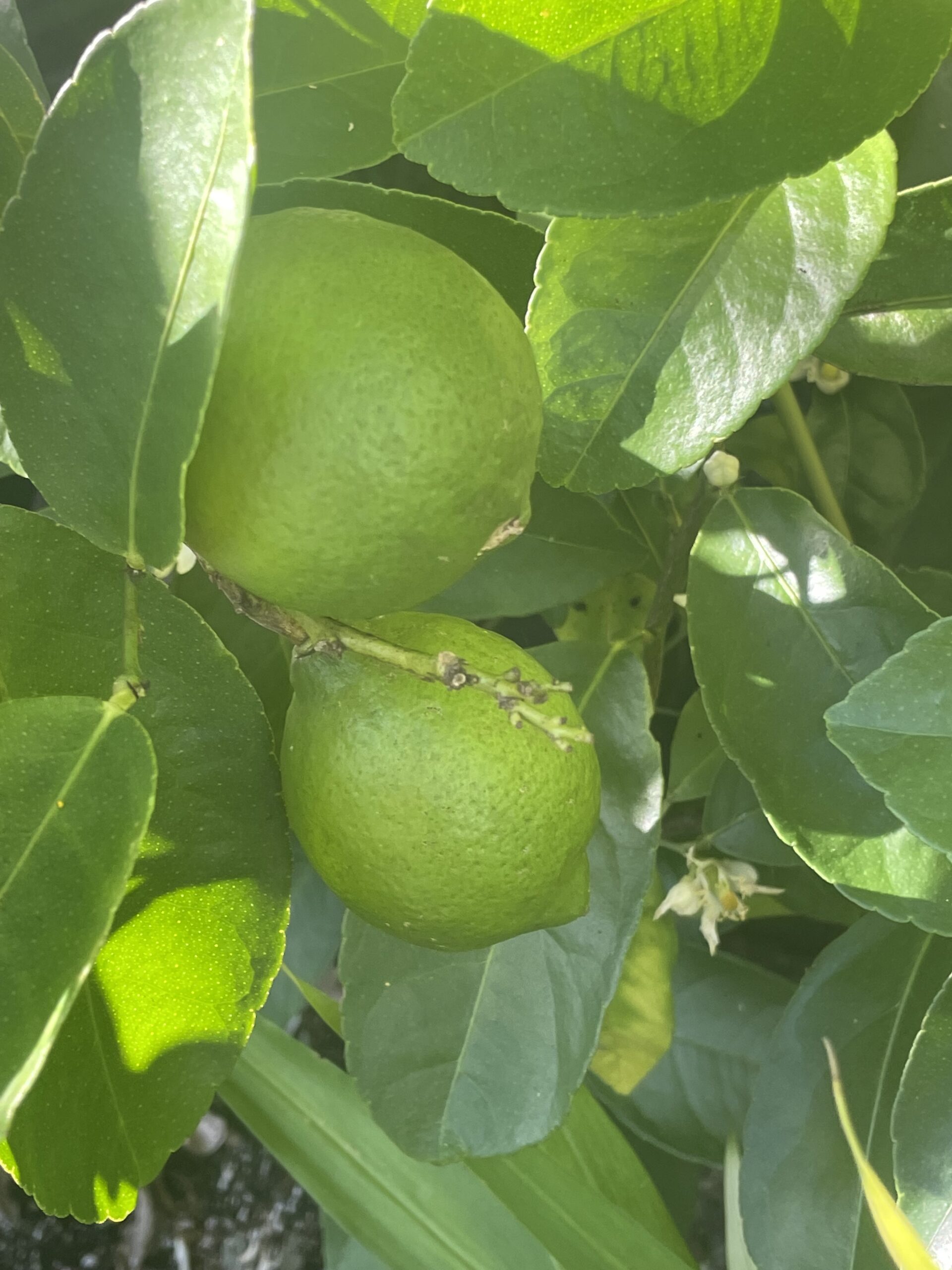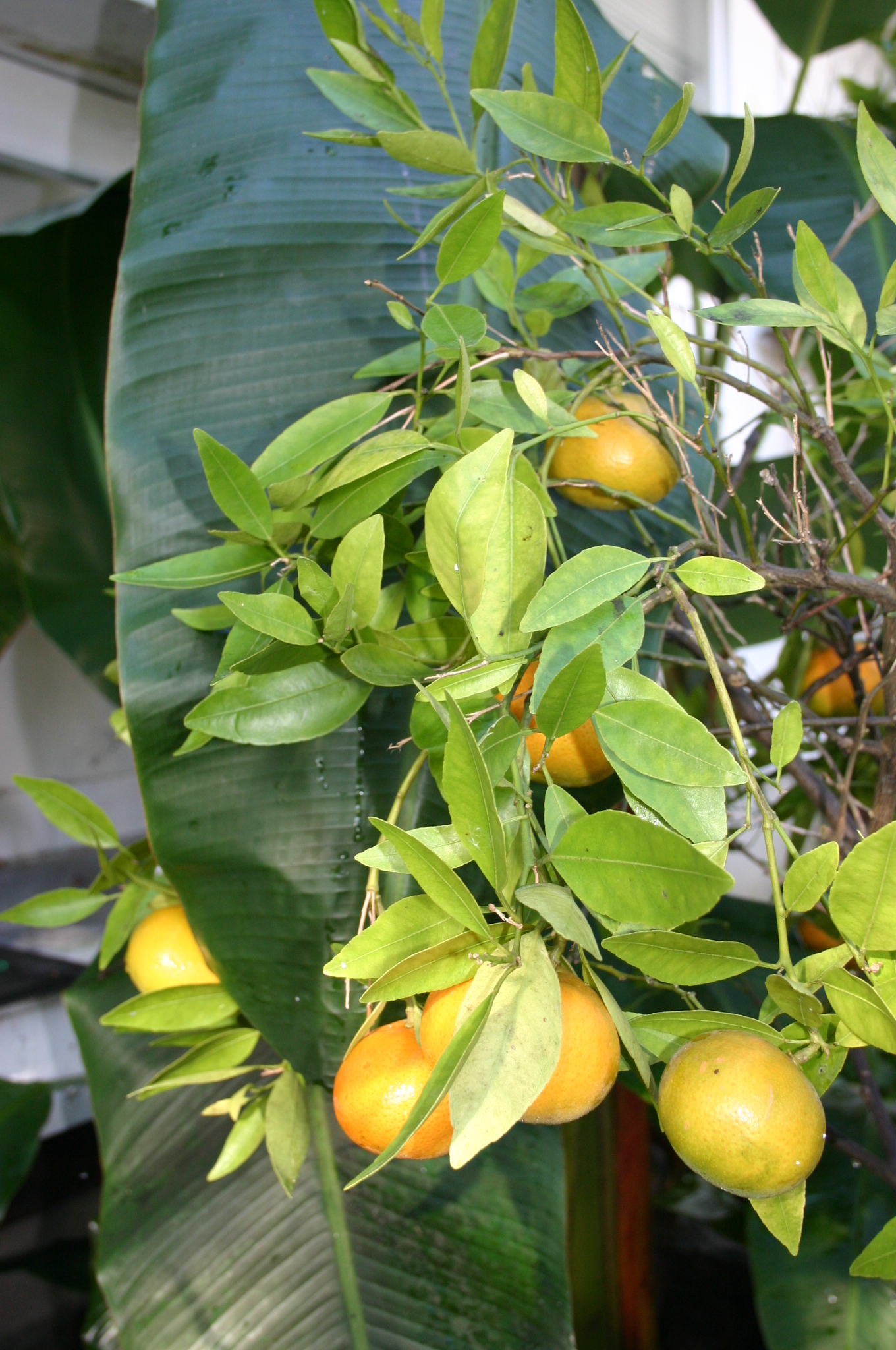Now that we’re well into fall, growing outdoors is almost impossible unless you have a greenhouse or some other protected enclosure. But how do you keep this environment sufficiently warm to prevent the winter cold from killing your plants, especially at night or on days without sunshine? There are more ways of doing this than you may realize.

One method that’s been around for more than 200 years is to use the heat from decomposing materials. During the World’s Fair at the London Crystal Palace in 1851, it’s said that the huge trees, some 100 feet tall, had their roots covered with decomposing horse manure to keep them warm during the winter months. The odor at the fair must have been a bit pungent, but as people in that era didn’t bathe that often, perhaps this drawback might not have been noticed!
Other methods of growing plants in winter also have a long history. In the eighteenth century, wealthy people grew pineapples, lemons, and oranges in what was called an orangery. George Washington’s orangery at his Mount Vernon home still exists today, as do other orangeries in Virginia. Orangeries were also constructed farther north in states such as New Jersey and even Massachusetts. These structures were warmed by a method that the ancient Romans pioneered – underfloor vents supplying air heated with a wood or coal fire. Lacking glass, it’s believed that the Romans covered these growing structures with mica to enable exposure to sun. In this way, they were able to harvest fresh vegetables and fruits all winter long.

If you don’t want to go to the expense of building heated vents under your greenhouse, there’s a less costly method you can use. It may be labor-intensive, but it’s not very expensive. Dig a trench to a depth of three to four feet and fill it with fresh horse manure and other compostable materials, including leaves and untreated grass clippings, which are usually plentiful in fall. Then cover this compost with soil to a depth of about a foot and plant pre-germinated seeds or other young plants in the soil. The underground compost will heat up just like an outdoor compost pile does. My compost gets to around 160°F after a week or two. Indoors, it stays at that temperature for six to ten weeks; then it slowly cools until after another eight to ten weeks it’s down to a normal ambient temperature.

Here in New England, it can get very cold by late December, and in January and February temperatures can drop to as low as 10°F (-12°C). But I’ve grown broccoli, cabbage, and other greens in my greenhouse during these months using the above heat-from-underground-compost method. Yes, the plants’ growth rate is slower than in summer. And yes, it’s a lot of work. (My back aches just to think about digging and filling that trench!) But being able to harvest the greens without caterpillars as sometimes happens in summer, makes it worthwhile. Plus, eating broccoli that has not been transported across the country for two or three days, having herbs that are picked moments before use, and even enjoying my own fresh oranges, lemons, and limes when snow is falling outside, is, to my mind, well worth the effort.










